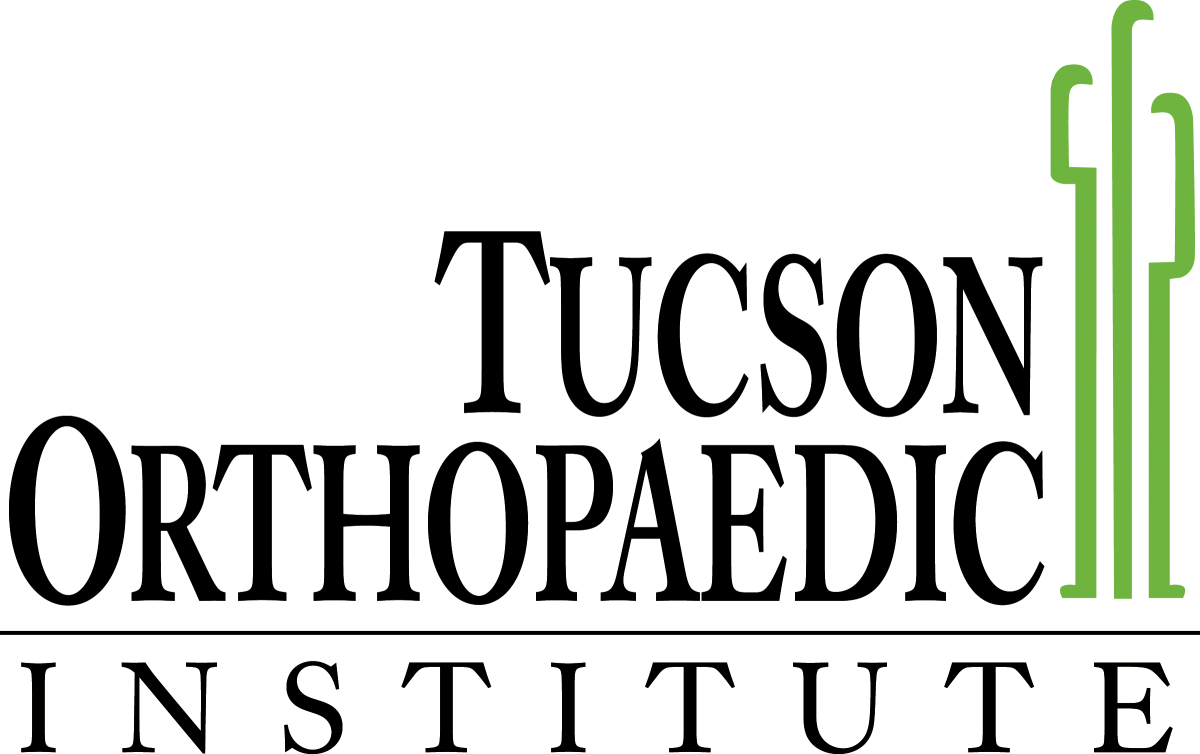What is cervical spondylosis?
Cervical spondylosis is a common age-related condition affecting the joints and discs of the neck. Also known as arthritis of the neck, cervical spondylosis affects over 85 percent of adults age 60 and above.
Neck arthritis often causes pain and stiffness in the neck although there are some who don’t have symptoms at all.
Like the rest of the body, the joints and discs of the cervical spine slowly degenerate as one ages. These wear and tear changes eventually lead to cervical spondylosis. Some of these changes that can lead to this condition include herniated disks, dehydrated disks, bone spurs, and stiff ligaments.
Herniated Disks
Aging can cause changes on the exterior of the spinal disks. They can develop cracks which can lead to leakage of the internal cushioning material. This can press the spinal cord and neck, causing numbness and sciatica.
Dehydrated Disks
Starting at the age of 40, most people’s spinal disks begin to shrink and dry out. This can cause more bone-to-bone contact in the vertebrae.
Bone Spurs
Bone spurs are overgrowths of bones. They are the result of the body’s way to grow extra bone to make the spine stronger. These extra bones can press on sensitive areas of the spine, resulting in pain.
Stiff Ligaments
Ligaments or cords of tissue that connect one bone to another can stiffen with age. When spinal ligaments stiffen, it can make the neck less flexible.
Symptoms of Cervical Spondylosis
In most cases, cervical spondylosis doesn’t cause any symptoms at all. When symptoms occur, they usually include neck stiffness and pain. The pain can be mild to severe and at times, can go worse by looking up or down for a long period of time and by doing activities that keep the neck on the same position for a prolonged period of time.
Other symptoms that may accompany pain and neck stiffness include a headache, popping noise or sensation when the neck is turned, loss of balance, difficulty in walking, and muscle spasms in the neck and shoulders. If there is narrowing of the space for the spinal cord or nerve roots, there can be numbness and weakness in the arms, hands, and fingers.
Diagnosing Cervical Spondylosis
A thorough physical examination is needed to diagnose cervical spondylosis. The doctor will conduct an examination of the neck, shoulders, arms, and legs. He/she may do several tests to identify changes or problems in the strength, touch sensation, flexibility, blood flow, gait, and reflexes.
Aside from the physical exam, the doctor may also order diagnostic tests to help confirm the diagnosis. Some of these tests may include X-rays, magnetic resonance imaging (MRI) scans, computed tomography (CT) scans, myelogram, and electromyography.
How It Is Treated
Many cases of cervical spondylosis can be managed through physical therapy, the use of a soft cervical collar, ice and heat compress, steroid-based injections, and medications such as NSAIDs and muscle relaxants.
Surgery is often not recommended unless the doctor determines that the spinal nerve is being pinched by a herniated disk or the spinal cord is being compressed. Surgery may also be recommended if the symptoms are not alleviated through more conservative methods.
